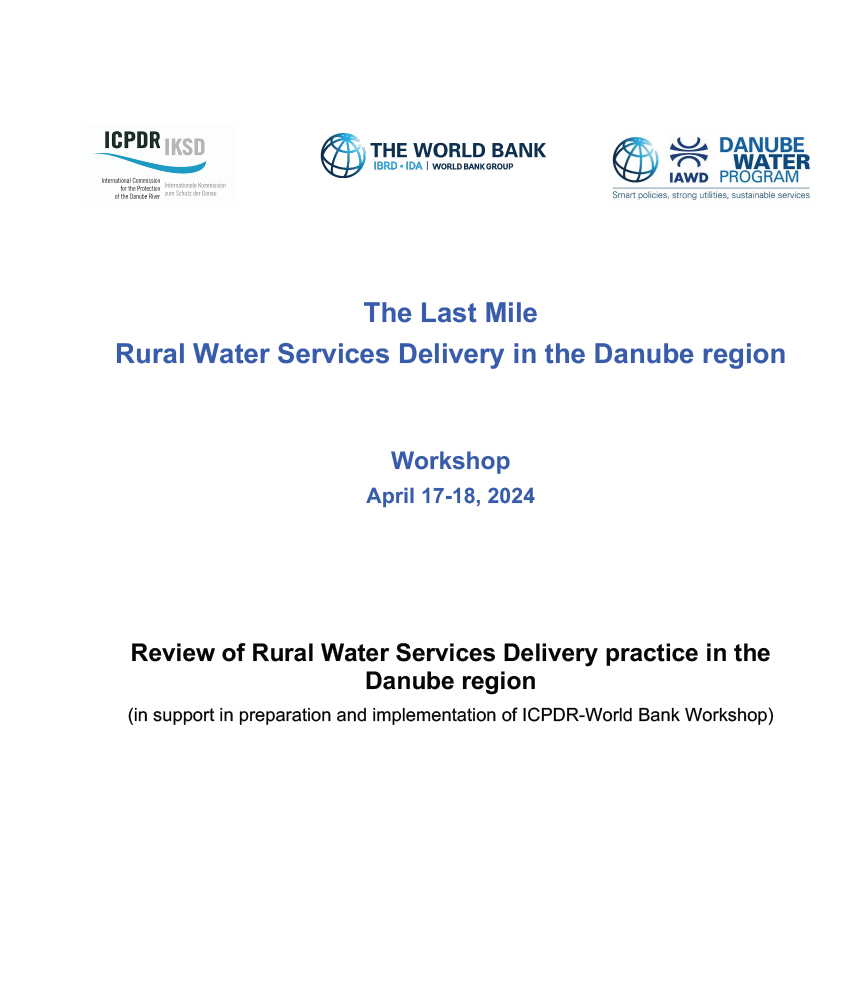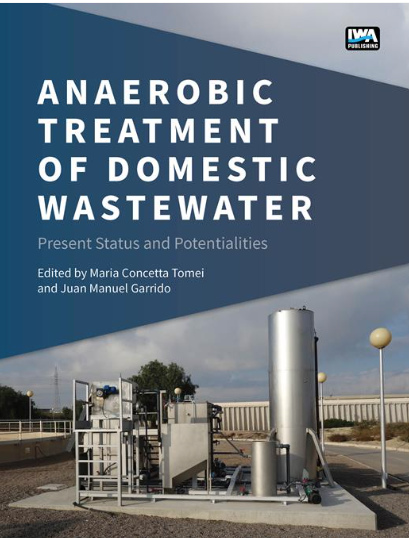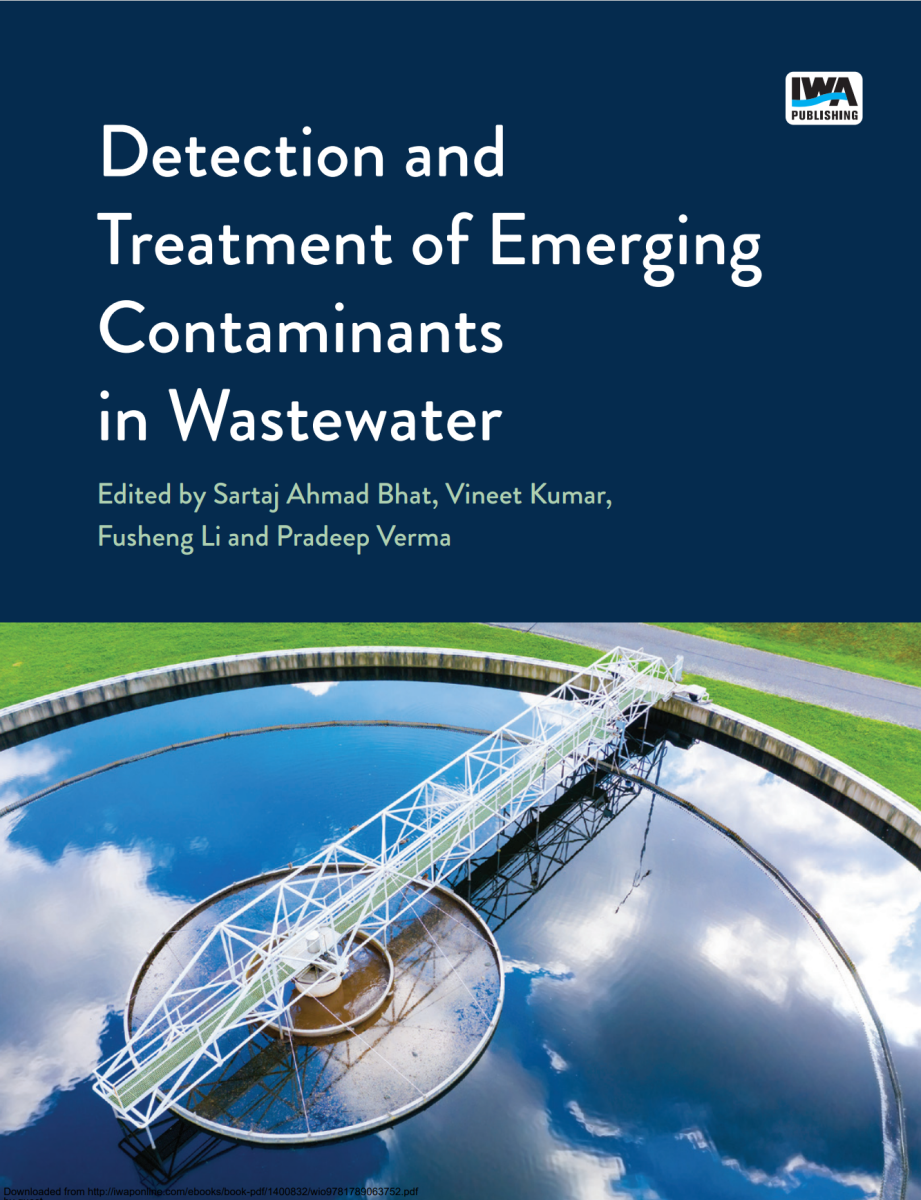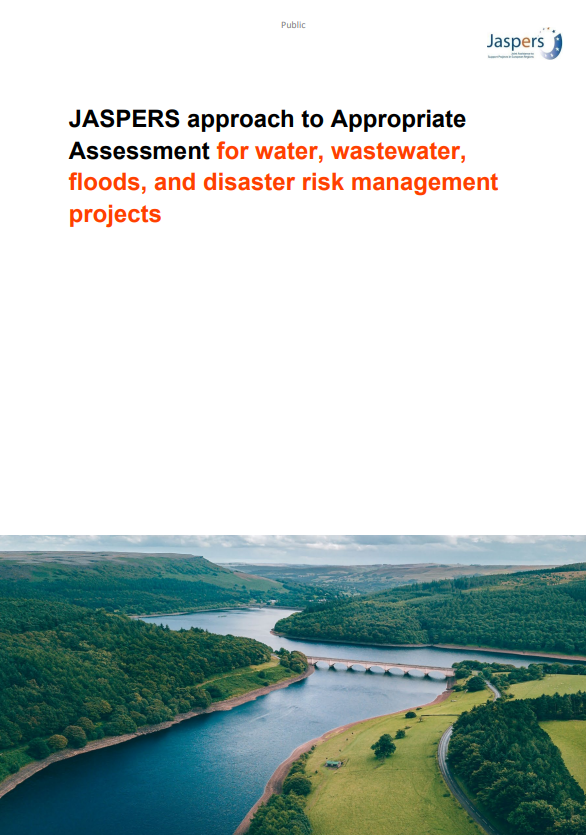Small towns in low- and middle-income countries (LMICs) are growing rapidly and struggling to meet the increased demands of wastewater collection and treatment. To avert public health crises and continued environmental degradation, small towns are actively seeking safely managed sanitation solutions, appropriate for their scale, institutional capacity, financial resources, and overarching needs.
This document is designed to provide a guide of small-town wastewater treatment processes in order to assist engineers, managers and other stakeholders responsible for wastewater service provision in identifying and selecting appropriate wastewater treatment processes for small towns.
Addressing the specific context of small towns, the format of this guide begins with an introduction of key concepts and then applies a suggested five-step approach to exploring appropriate wastewater treatment technologies, culminating with case studies from three regions applying this approach.
The user is highly encouraged to become familiar with the guide methodology in its entirety while drawing on the principles of the Citywide Inclusive Sanitation (CWIS) approach. Sewers and wastewater treatment should be pursued only in small towns where such a service-delivery approach is deemed the most appropriate, following the comparison of its advantages and disadvantages with onsite sanitation and fecal sludge management alternatives, as espoused by the CWIS approach.




